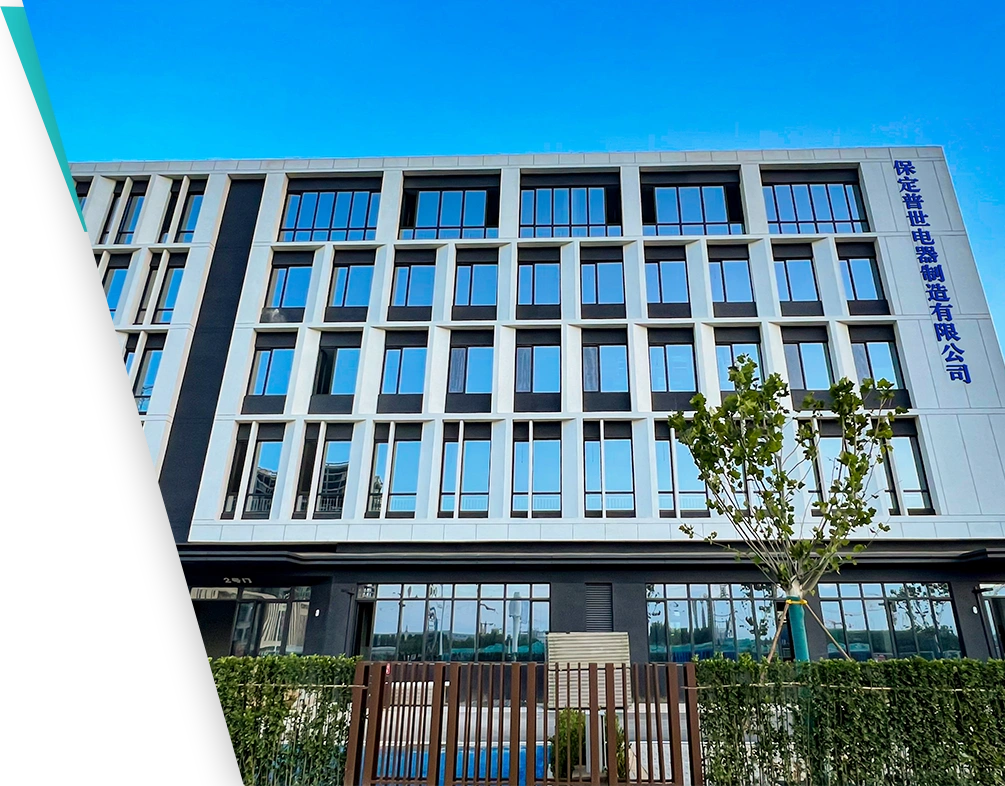 English
English



-
 Afrikaans
Afrikaans -
 Albanian
Albanian -
 Amharic
Amharic -
 Arabic
Arabic -
 Armenian
Armenian -
 Azerbaijani
Azerbaijani -
 Basque
Basque -
 Belarusian
Belarusian -
 Bengali
Bengali -
 Bosnian
Bosnian -
 Bulgarian
Bulgarian -
 Catalan
Catalan -
 Cebuano
Cebuano -
 China
China -
 China (Taiwan)
China (Taiwan) -
 Corsican
Corsican -
 Croatian
Croatian -
 Czech
Czech -
 Danish
Danish -
 Dutch
Dutch -
 English
English -
 Esperanto
Esperanto -
 Estonian
Estonian -
 Finnish
Finnish -
 French
French -
 Frisian
Frisian -
 Galician
Galician -
 Georgian
Georgian -
 German
German -
 Greek
Greek -
 Gujarati
Gujarati -
 Haitian Creole
Haitian Creole -
 hausa
hausa -
 hawaiian
hawaiian -
 Hebrew
Hebrew -
 Hindi
Hindi -
 Miao
Miao -
 Hungarian
Hungarian -
 Icelandic
Icelandic -
 igbo
igbo -
 Indonesian
Indonesian -
 irish
irish -
 Italian
Italian -
 Japanese
Japanese -
 Javanese
Javanese -
 Kannada
Kannada -
 kazakh
kazakh -
 Khmer
Khmer -
 Rwandese
Rwandese -
 Korean
Korean -
 Kurdish
Kurdish -
 Kyrgyz
Kyrgyz -
 Lao
Lao -
 Latin
Latin -
 Latvian
Latvian -
 Lithuanian
Lithuanian -
 Luxembourgish
Luxembourgish -
 Macedonian
Macedonian -
 Malgashi
Malgashi -
 Malay
Malay -
 Malayalam
Malayalam -
 Maltese
Maltese -
 Maori
Maori -
 Marathi
Marathi -
 Mongolian
Mongolian -
 Myanmar
Myanmar -
 Nepali
Nepali -
 Norwegian
Norwegian -
 Norwegian
Norwegian -
 Occitan
Occitan -
 Pashto
Pashto -
 Persian
Persian -
 Polish
Polish -
 Portuguese
Portuguese -
 Punjabi
Punjabi -
 Romanian
Romanian -
 Russian
Russian -
 Samoan
Samoan -
 Scottish Gaelic
Scottish Gaelic -
 Serbian
Serbian -
 Sesotho
Sesotho -
 Shona
Shona -
 Sindhi
Sindhi -
 Sinhala
Sinhala -
 Slovak
Slovak -
 Slovenian
Slovenian -
 Somali
Somali -
 Spanish
Spanish -
 Sundanese
Sundanese -
 Swahili
Swahili -
 Swedish
Swedish -
 Tagalog
Tagalog -
 Tajik
Tajik -
 Tamil
Tamil -
 Tatar
Tatar -
 Telugu
Telugu -
 Thai
Thai -
 Turkish
Turkish -
 Turkmen
Turkmen -
 Ukrainian
Ukrainian -
 Urdu
Urdu -
 Uighur
Uighur -
 Uzbek
Uzbek -
 Vietnamese
Vietnamese -
 Welsh
Welsh -
 Bantu
Bantu -
 Yiddish
Yiddish -
 Yoruba
Yoruba -
 Zulu
Zulu
Gas Chromatography Analysis Services | Precision Results for Your Samples
Understanding Gas Chromatography A Fundamental Technique in Analytical Chemistry
Gas chromatography (GC) is an essential analytical technique used to separate and analyze compounds that can be vaporized without decomposition. This powerful technique is widely employed across various industries, including pharmaceuticals, environmental monitoring, and food and beverage quality control. It stands out for its ability to provide highly accurate and precise results, making it a cornerstone of analytical chemistry.
The principle of gas chromatography relies on the partitioning of analytes between a stationary phase and a mobile phase. In a typical GC setup, a sample is injected into a carrier gas stream, usually helium or nitrogen, which transports the sample through a column. The column is coated with a stationary phase that interacts with the compounds in the sample. As the gases pass through the column, the different compounds interact with the stationary phase at varying degrees, leading to their separation based on their volatility and affinity for the stationary phase.
One of the major advantages of GC is its high efficiency and resolution. The ability to separate complex mixtures into individual components makes it invaluable, particularly in applications where precision is crucial. For instance, in the pharmaceutical industry, GC is used to measure the purity of substances and identify any impurities present. In environmental science, it aids in detecting pollutants in air, soil, and water, thereby contributing to public health and safety.
gas chromatograph

Moreover, gas chromatography is known for its speed and sensitivity
. Modern GC instruments can analyze samples in a matter of minutes, providing real-time results that are critical for decision-making processes. The sensitivity of the technique allows for the detection of compounds at trace levels, sometimes in the parts-per-trillion range.The applications of gas chromatography are vast. In the food industry, it is used to analyze flavor compounds, preservatives, and adulterants. By ensuring that food products meet safety standards, GC plays a vital role in consumer protection. In the petrochemical industry, it helps in characterizing complex mixtures of hydrocarbons, which is essential for refining processes.
However, gas chromatography is not without its limitations. For example, it primarily targets volatile and thermally stable compounds, making it less suitable for analyzing polar or high-molecular-weight substances. To overcome these challenges, techniques such as derivatization can be employed to enhance the volatility of certain compounds prior to analysis.
In conclusion, gas chromatography remains a fundamental tool in analytical chemistry, providing robust methods for the separation and analysis of volatile compounds. Its speed, accuracy, and versatility make it an indispensable technique in a wide array of scientific and industrial applications. As technology advances, the capabilities and applications of gas chromatography are likely to expand, further enhancing its importance in research and quality control.
-
Ensuring SF₆ Gas Safety: Introducing PUSH’s Integrated SF₆ Analyzer for Dew Point, Purity, and Decomposition MonitoringNewsJul.10,2025
-
Exploring the Main Types of Industrial Endoscopes and Their Applications Across IndustriesNewsJul.04,2025
-
Testing Equipment Industry Sees Major Advancements in 2025: Smart & Precision Technologies Lead the WayNewsJun.06,2025
-
Applications of Direct Current Generators in Renewable Energy SystemsNewsJun.05,2025
-
Hipot Tester Calibration and Accuracy GuidelinesNewsJun.05,2025
-
Digital Circuit Breaker Analyzer Features and BenefitsNewsJun.05,2025



